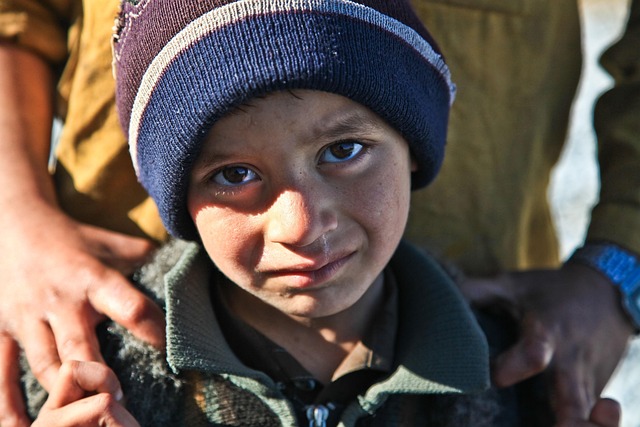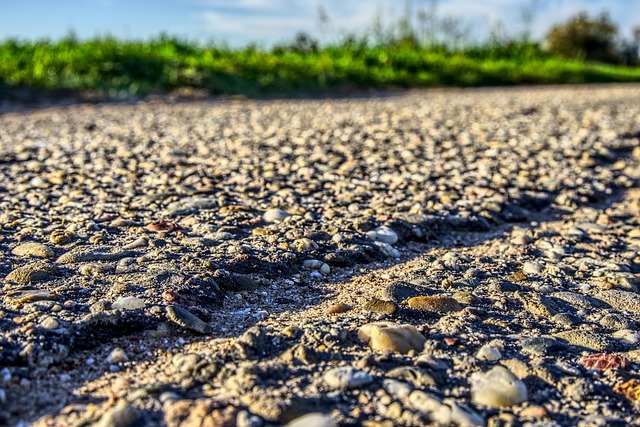The escalating threat of climate change has brought forth an urgent need to examine the vulnerability of communities and ecosystems worldwide. As extreme weather events become increasingly frequent and severe, understanding their environmental impact is critical for mitigation and adaptation strategies. The human experience is deeply intertwined with nature; thus, recognizing our vulnerability to the harsh realities of climate change reveals both our fragility and resilience.
In recent years, we’ve witnessed catastrophic wildfires, unprecedented floods, and violent storms, each highlighting our increasing vulnerability. Families displaced from their homes, wildlife struggling for survival, and entire ecosystems altered forever serve as haunting reminders of the cost of inaction. These extreme weather events do not discriminate; they affect urban and rural areas alike, leaving a trail of destruction that can take decades to mend. The severity of these occurrences emphasizes a harsh truth: our environment is a delicate fabric that, once frayed, becomes nearly impossible to restore.
Climate change exacerbates existing vulnerabilities, particularly in marginalized communities. Often, those with the least resources—who historically contribute the least to greenhouse gas emissions—bear the brunt of these disasters. Low-income neighborhoods, communities of color, and indigenous populations are disproportionately affected, revealing a stark disparity in climate resilience. By unraveling these injustices, we not only recognize their vulnerability but also realize our collective responsibility to forge a more equitable path forward.
Furthermore, examining the connections between socioeconomic status and environmental stability highlights the urgent need for responsive policies addressing these disparities. Resilient infrastructure, disaster preparedness, and sustainable development initiatives are paramount. Initiatives that bolster community resilience to extreme weather can help combat some of the vulnerabilities we face today. For instance, green spaces, which can mitigate urban heat and absorb excess rainfall, serve as a low-cost, effective solution that offers multiple benefits.
On a broader scale, the challenge of climate change demands a concerted global effort. Public awareness campaigns and grassroots movements mobilize citizens around the world, urging policymakers to prioritize sustainable practices. The more we foster an understanding of our vulnerability, the more empowered we become to take action—both at the individual and community levels. Climate education fosters a sense of stewardship, igniting passion for preserving our planet and protecting one another.
The personal stories behind the statistics are what truly drive home the impact of extreme weather events. The emotional toll of losing a home, livestock, or cherished natural spaces resonates deeply and serves as a catalyst for change. Individual and collective narratives of resilience and recovery illuminate paths forward, emphasizing the strength we possess even in the face of overwhelming challenges.
To build a sustainable future amidst the swirl of uncertain climate patterns, we must confront our vulnerabilities head-on. Acknowledging our interconnectedness with the environment is a crucial step in this journey. Through innovation, collaboration, and a commitment to justice, we can forge solutions that address the root causes of our vulnerability. The fight against climate change is not just an environmental imperative; it is a moral one that beckons us to safeguard the planet for future generations.




